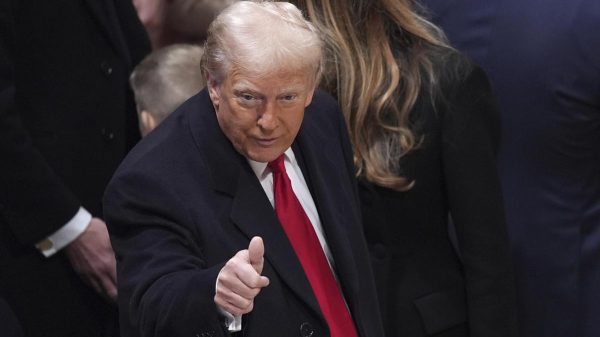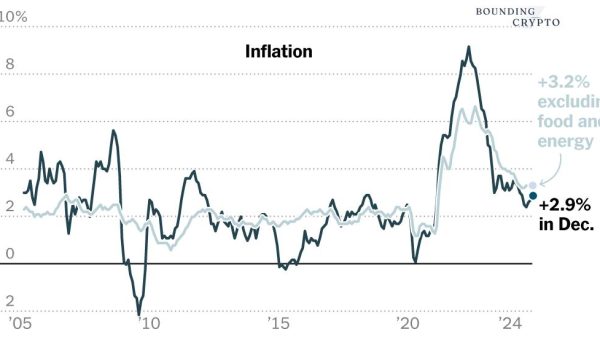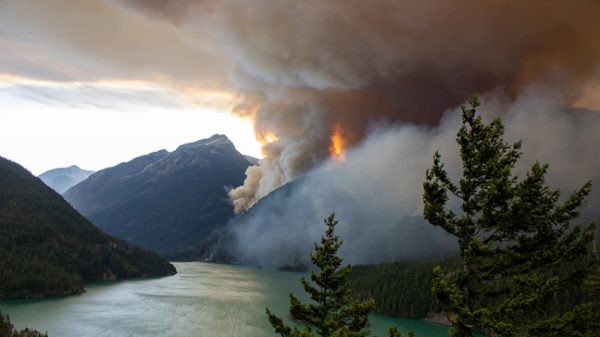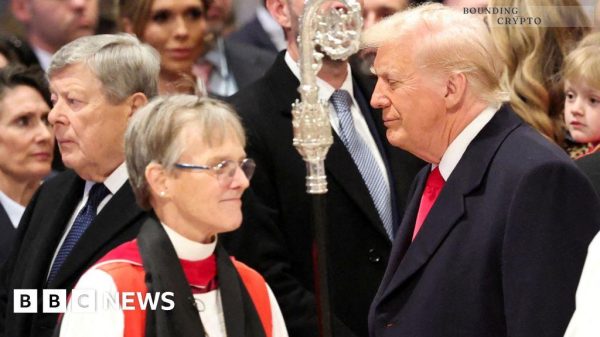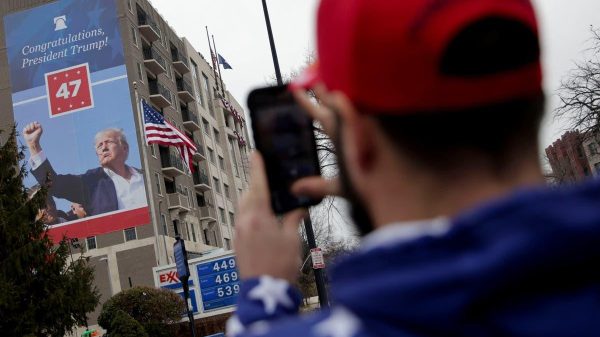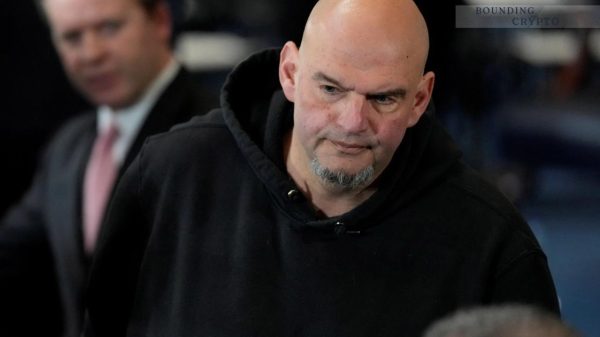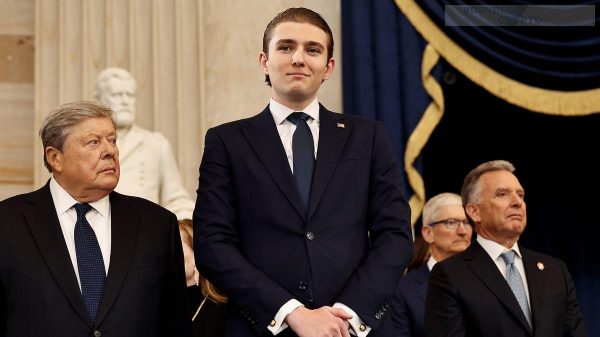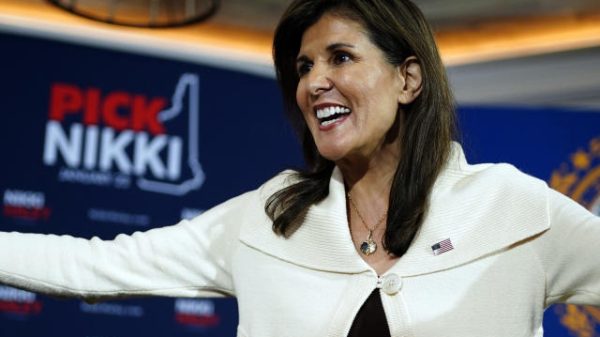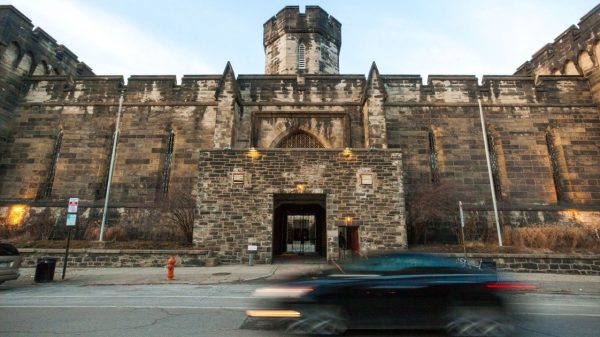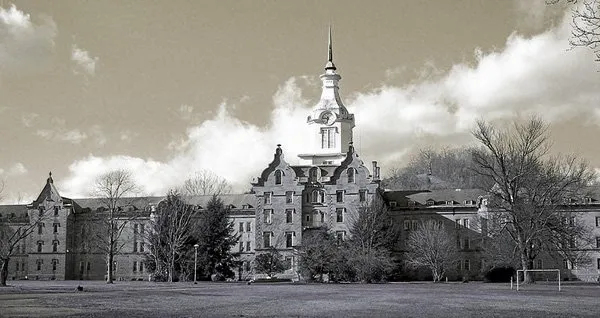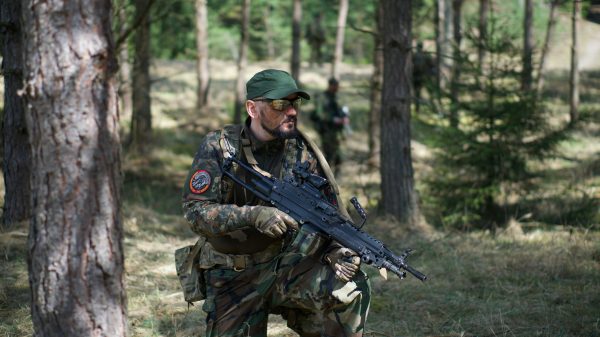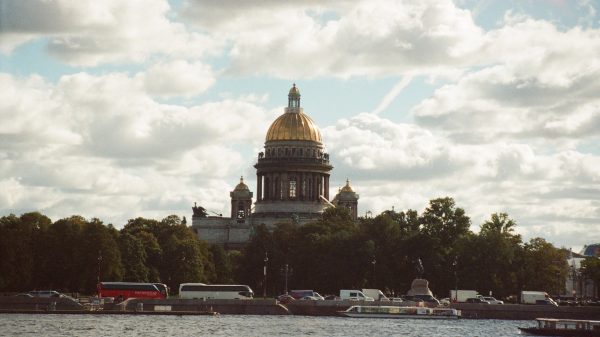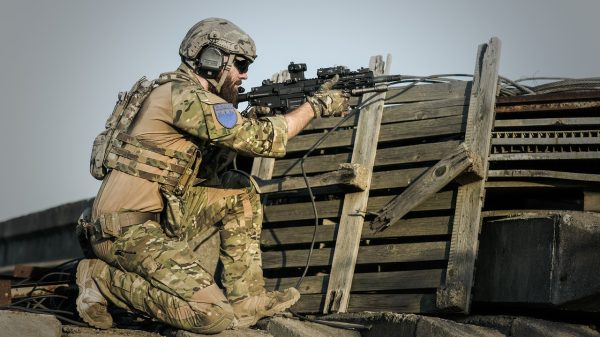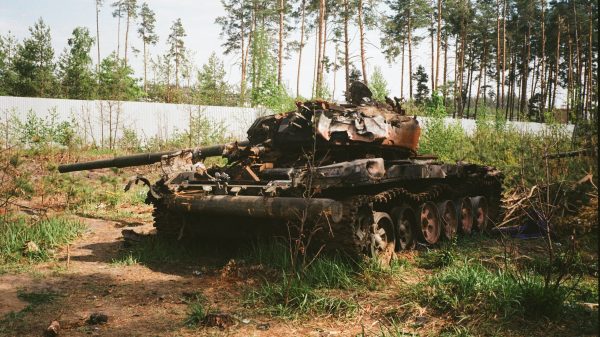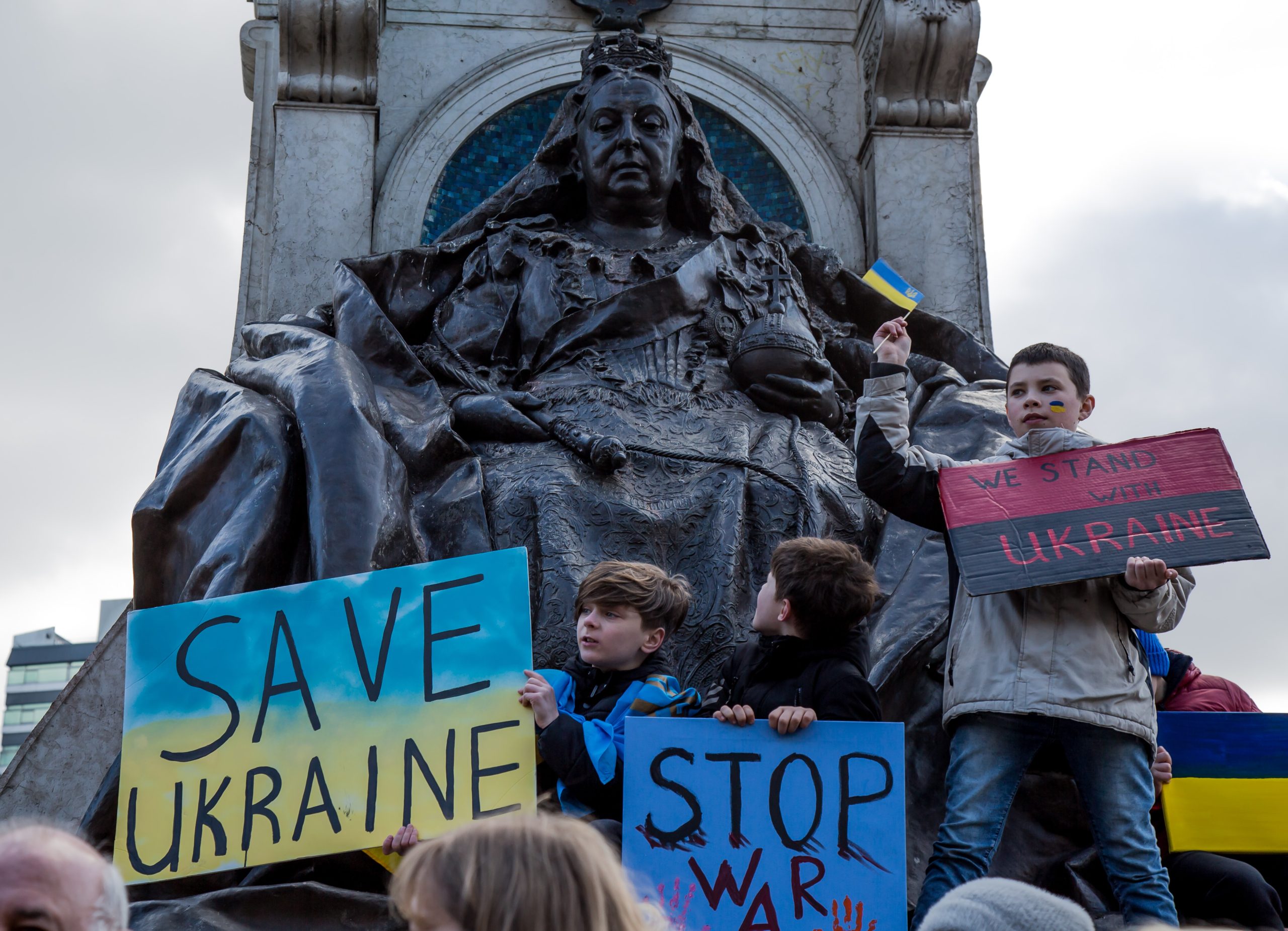As tensions escalate in the Ukraine conflict, a cloud of uncertainty hovers ominously over the future of Russia.
The Uncertain Future of Russia Amidst Ukraine Crisis
In recent discussions, the focus has shifted towards the future of Russia, with Janusz Bugajski from The Jamestown Foundation envisioning a possible post-disintegration scenario. Bugajski’s optimism stems from the notion that a significantly weakened Russia, confined to a smaller territory, would lose its ability to pose a major threat to its neighbors. However, amidst the speculation on the future of Russia, concerns voiced by Washington Post columnist David Ignatius cast a shadow of doubt. Ignatius warns against underestimating the dangers of a fragmenting Russia, describing it as a potential “devil’s playground.” Tatiana Stanovaya of the Carnegie Endowment for International Peace provides a middle-ground perspective while leaning towards Ignatius’ concerns. Stanovaya acknowledges the deepening crisis in Putin’s leadership, the lack of political accountability, and growing anti-establishment sentiments within the future of Russia and Russian society. This evolving landscape, while potentially leading to a more pragmatic approach to the conflict, also raises fears of a more unpredictable future of Russia.
How the Disintegration of the Russian Federation Could Ripple Through the Future of Russia
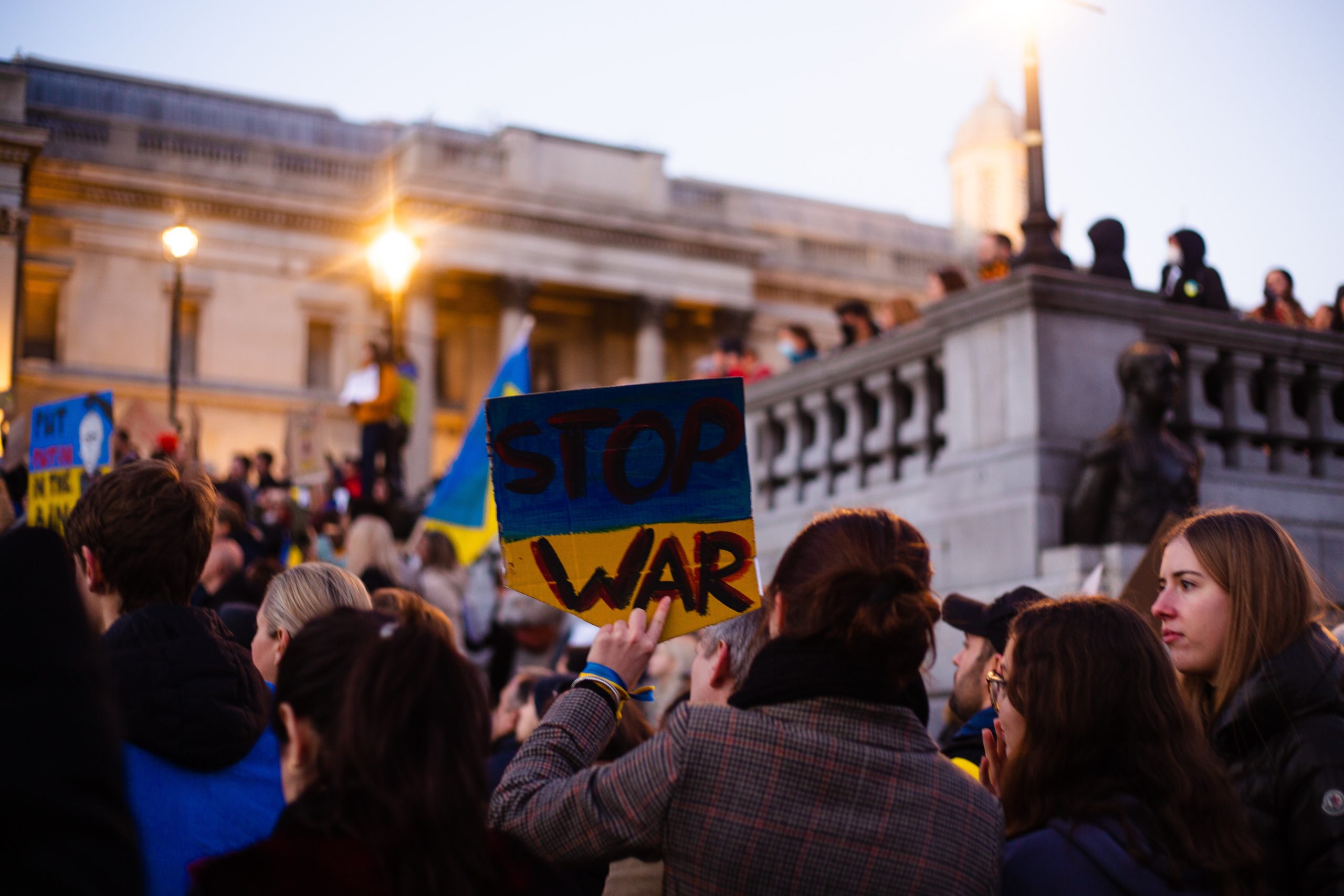
Unraveling the Future of Russia Amidst Ukraine’s Catastrophic War (PHOTO: Karollyne Videira)
The central theme of the discussions revolves around how the future of Russia could be influenced by the ongoing crisis. Bugajski’s assessment of a rump state under international scrutiny contrasts with Ignatius and Stanovaya’s focus on the messy process of disintegration. While Bugajski emphasizes the reduced capabilities of a post-disintegration Russia, Ignatius and Stanovaya underline the potential for chaos and volatility during the transition. As the Ukraine conflict continues to unfold, the future of Russia remains a critical point of analysis and speculation. Bugajski’s vision of a weakened rump state prompts considerations of enhanced security for neighboring nations, potentially paving the way for a more stable region. However, the shadows cast by Ignatius and Stanovaya remind us that the path to a post-disintegration Russia could be fraught with challenges and unpredictability. The ongoing Ukraine conflict has ignited a vigorous debate about the future of Russia. The divergent perspectives presented by Bugajski, Ignatius, and Stanovaya underscore the complexities of envisioning Russia’s fate. As diplomatic efforts intensify and global attention remains fixated on the conflict’s developments, the question of Russia’s future continues to loom large, shaping discussions about security, stability, and international relations.


